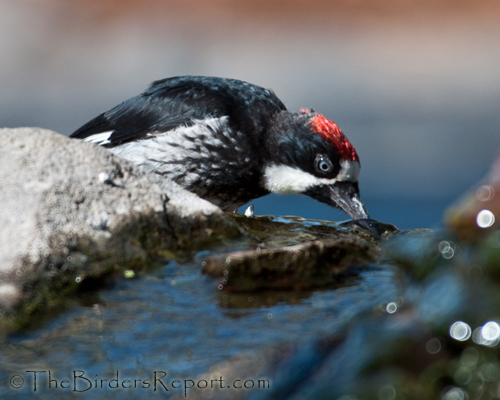 Acorn Woodpecker Male Juvenile photos by Larry Jordan
Acorn Woodpecker Male Juvenile photos by Larry Jordan
It’s summertime and the living is easy, as long as you have water! When the temperatures rise in the summer, birds need a good source of fresh water in which to drink and bathe. Birds and mammals alike, have a great need for water to survive. Not only is water the body’s main coolant, it also is the transport medium for nutrients into, and waste products out of, the body.
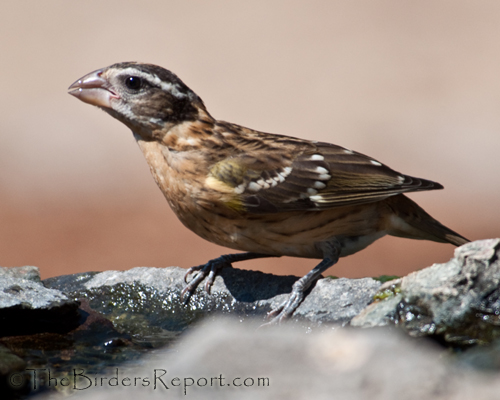 Black-headed Grosbeak Juvenile
Black-headed Grosbeak Juvenile
Birds have a slight advantage in that their body temperatures range from 104o to 108o Fahrenheit. However, when the ambient temperature gets above the bird’s body temperature, they must lose heat through evaporative cooling. Since they don’t have sweat glands, one way for passerine birds to lower their body temperature is by panting. Another method birds use to lose heat to the environment is to dilate the blood vessels going to their bare, scaly legs.
Perhaps you have noticed that you don’t see too many birds out and about in the heat of the day when the temperatures are high. During these hot summer months, birds will forage early in the morning and in the early evening when the temperatures are more forgiving. During the hottest time of the day, you will find them in the shade or in the water trying to stay cool.
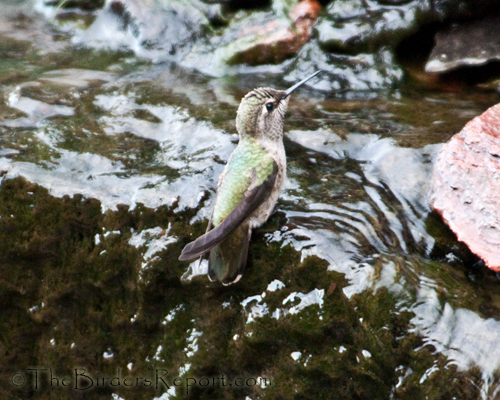 Anna’s Hummingbird Female Juvenile
Anna’s Hummingbird Female Juvenile
Providing a fresh water source is not only essential for the health of your birds, it provides you with endless entertainment. Watching as different species of birds fly in and out of your bird bath or fountain, splashing about as their friends look on, or even join in the fun, can be very amusing.
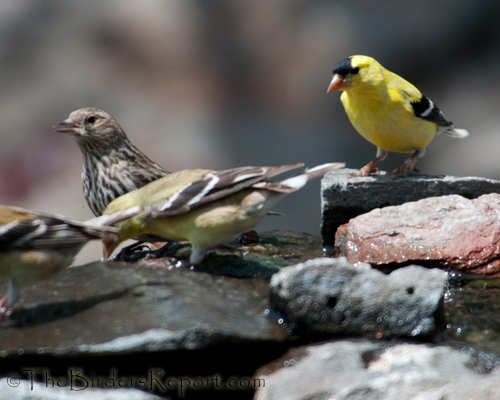 American Goldfinch and Pine Siskin Enjoying The Flowing Water
American Goldfinch and Pine Siskin Enjoying The Flowing Water
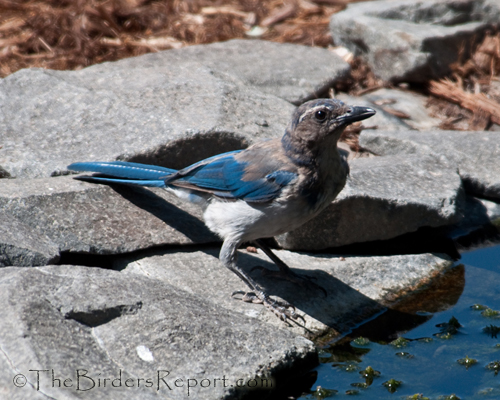 Western Scrub-Jay Juvenile Getting A Drink
Western Scrub-Jay Juvenile Getting A Drink
These are just a few of the birds I have coming to my water feature to drink and bathe. For more information on providing fresh water for your birds, read my post on “Waterfalls, Ponds and Fountains – Birds Can’t Resist Moving Water.” Then get on over to Birdfreak to see the rest of the entries in Bird Photography Weekly.

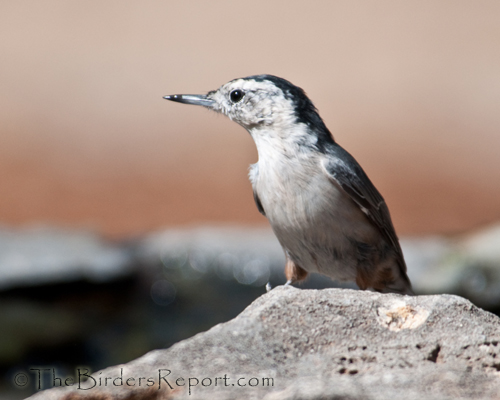
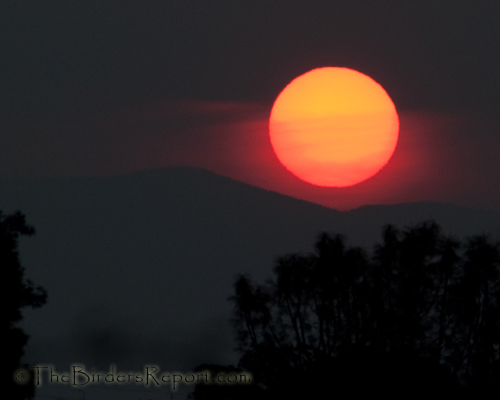 Forest Fires In Northern California Give A Fiery Sunrise
Forest Fires In Northern California Give A Fiery Sunrise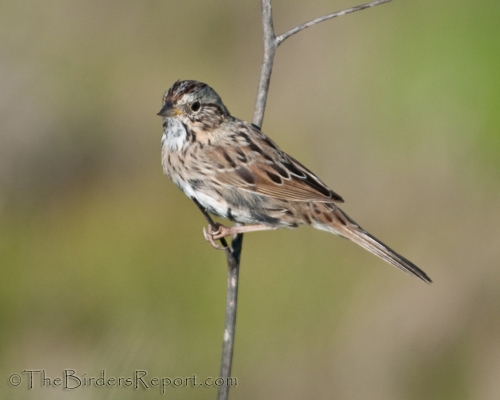
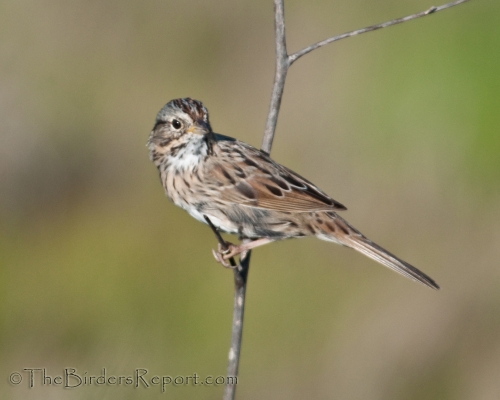
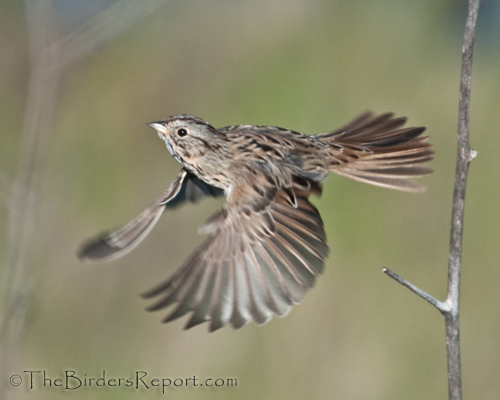
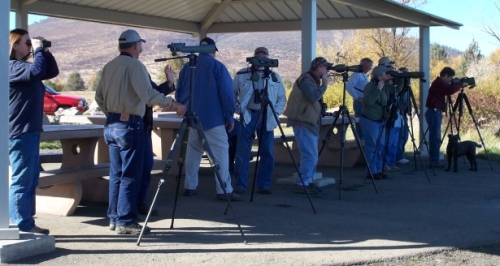



Social Media Connect